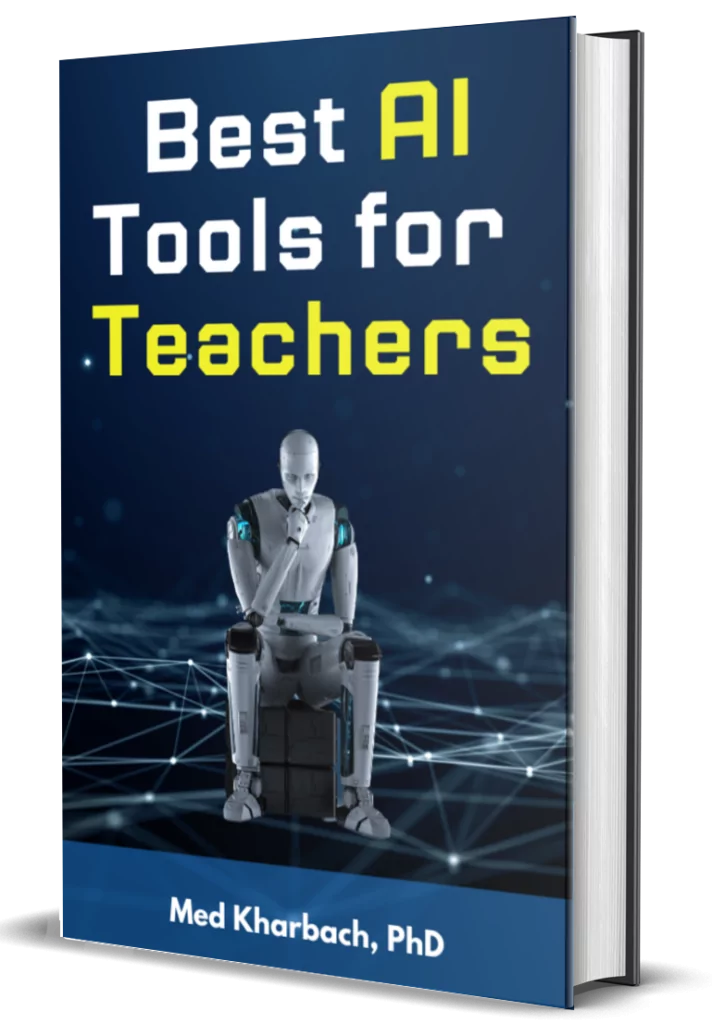AI 3D model generators are the topic of our blog post today!
3D modeling has come a long way, transcending from complex CAD software to more user-friendly platforms. We in the education sphere have benefited a lot from developments in this technology. And now that AI takes over 3D design, the learning possibilities are even bigger.
In fact, the emergence of AI 3D Model Generators is becoming a locomotive of creativity and higher-order thinking within educational settings. They’re taking learning experiences to an entirely new level—making abstract concepts more comprehensible, turning theoretical knowledge into tangible models, and triggering cognitive skills like problem-solving and spatial awareness.
Why are these AI 3D Model Generators pivotal in education? Well, for starters, they democratize access to 3D design, making it feasible for anyone, including students and educators with no prior design experience, to create complex 3D models. And this isn’t just about having fun or sparking creativity—it’s backed by research. A paper by Branko et al., titled “Contribution of 3D modelling and printing to learning in primary schools”, delves into how 3D modeling enhances students’ spatial visualization skills and improves communication in classroom.
Given their growing importance in education, I went ahead and curated for you some of the best AI 3D model generators out there. Indeed, I’ve had the opportunity to try out various AI 3D model generators, and not all are created equal. There’s a lot out there, but I’ve narrowed it down to a select few that I believe are ideal because of their educational implications. Let’s explore them together!
AI 3D Model Generators
Here are our top picks for AI 3D Model Generators:
1. Fotor 3D Model Generator
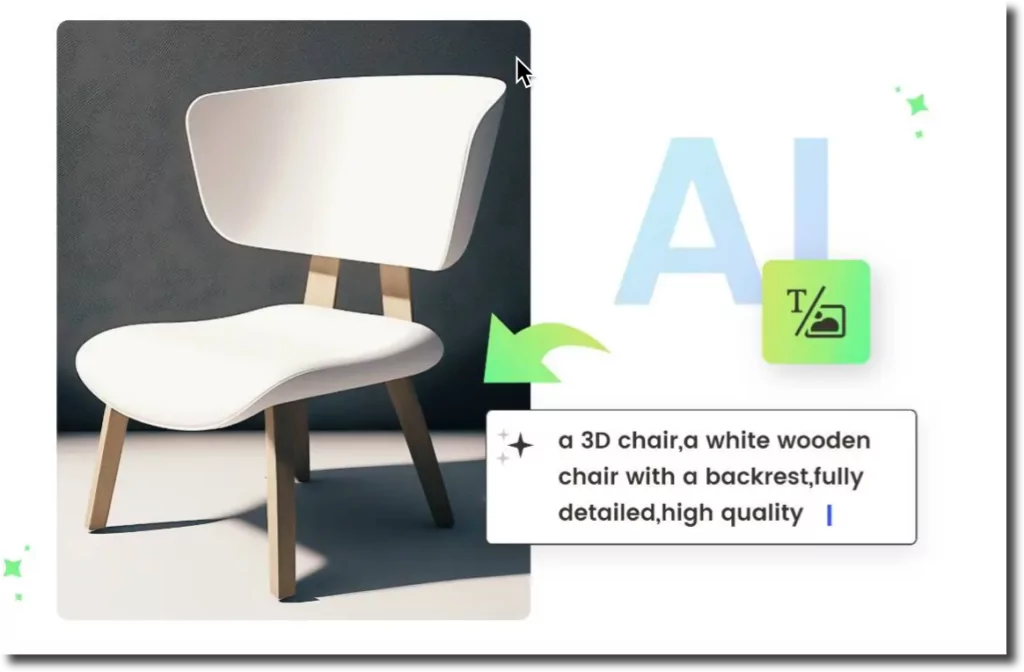
The first AI 3D model generator I really liked in this list is created by the popular photo editor platform Fotor. This tool allows you to easily generate 3D models right out of simple text descriptions. You type what you’re visualizing, and poof! You’ve got a fully fleshed-out 3D model. It’s like turning your brainstorming session into an instant product.
Being pre-trained on a multitude of popular 3D images, Fotor’s AI is able to understand and interact with your design language with a higher degree of accuracy. The process is super intuitive; just punch in the type, field, and style you want in a text prompt, and the tool goes to work.
Whiel Fotor 3D model generator is especially helpful for game developers and product designers, we in the education community can benefit a lot from its services inside our classrooms. The tool is simple and easy to use and students can use it to create detailed prototypes of anything—from chairs to cars.
2. Rodin Diffusion
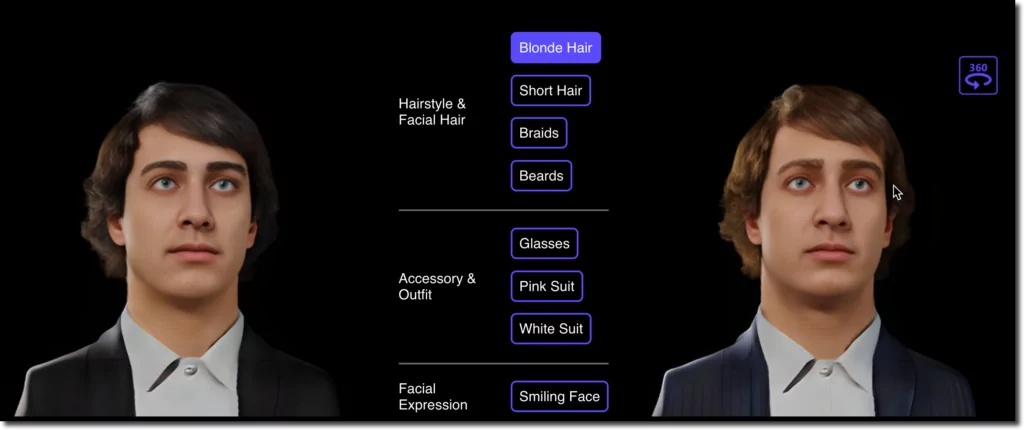
Rodin Diffusion by Microsoft is another good AI 3D Model generator but this one is especially helpful for creating 3D avatars. You’ve got options to create avatars either from a portrait or from scratch using text guidance. This offers you a high level of freedom and creativity to dive deep into the nuances of avatar creation.
The coolest part is the text-guided manipulation, allowing for intuitive edits to a multitude of attributes just by using natural language. Imagine the power this gives 3D artists who can tweak avatars on the fly without getting bogged down in complex software interfaces.
One feature I appreciate is Rodin’s ability to create a broad range of avatars across gender, age, ethnicity, and so on. This speaks volumes about the tool’s commitment to diversity and inclusion, which is so essential in today’s digital content creation.
3. Spline
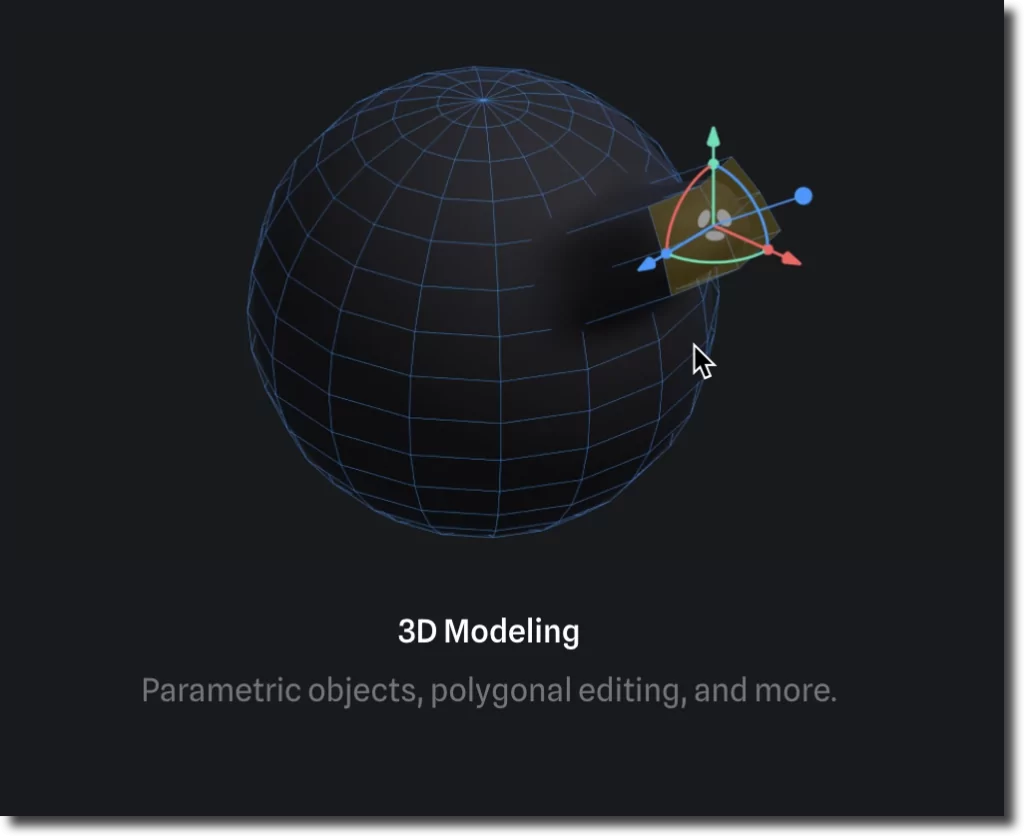
Spline is a good AI 3D moderator with real-time collaboration features. Real-time collaboration features allow you to work with your team and set individual permissions, enhancing workflow and reducing bottlenecks. The platform is simple and easy to use. You describe what you want, and the AI spits out 3D objects and scenes that align with your vision. While it’s still in Alpha, I can already see the enormous potential, especially for team-based projects.
Spline offers a wide variety of features: the AI Textures feature helps you generate seamless textures, and if you’re into animating your 3D objects, it’s got you covered. Plus, it caters to a wide range of exports, from JPG/PNG to GLTF/USDZ files.
4. Luma 3D Model Generator
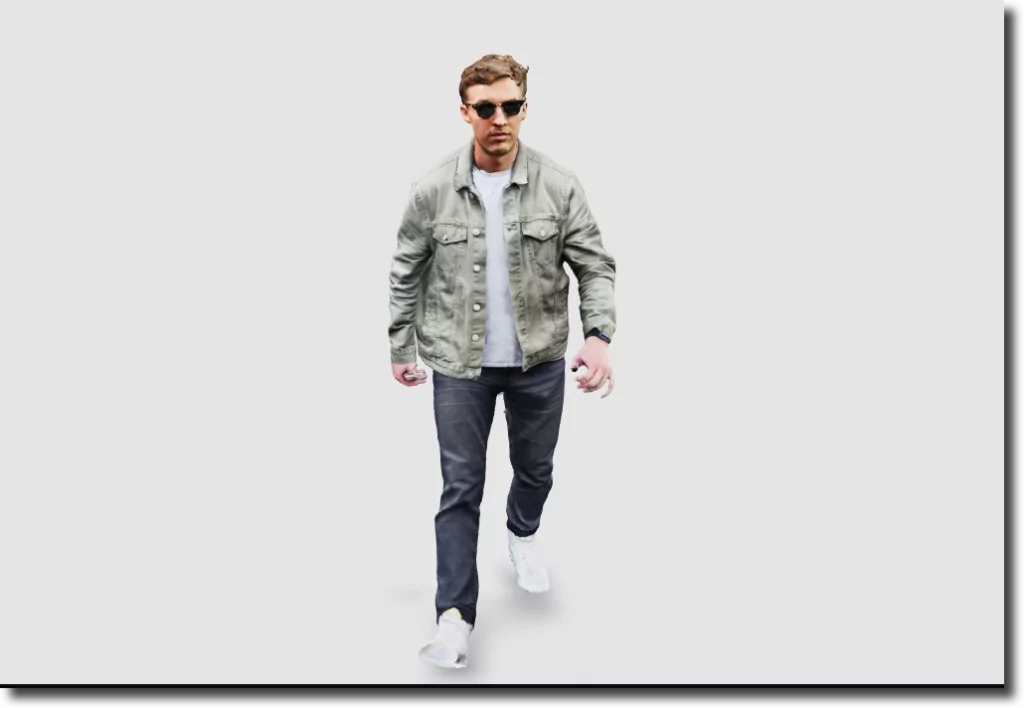
Luma brings something fascinating to the table— the ability to create stunningly lifelike 3D models with just an iPhone. Forget fancy capture equipment. If you have an iPhone 11 or newer, you’re good to go. What caught my eye is its potential for creating quick and ‘real’ 3D showcases for products or even capturing scenic moments to share on the web.
From capturing 3D mesh game assets to exporting NeRFs and Gaussian Splats to supported tools like Unreal and Unity, Luma seems like the Swiss Army knife for those wanting a quick, realistic 3D capture.
5. Masterpiece X
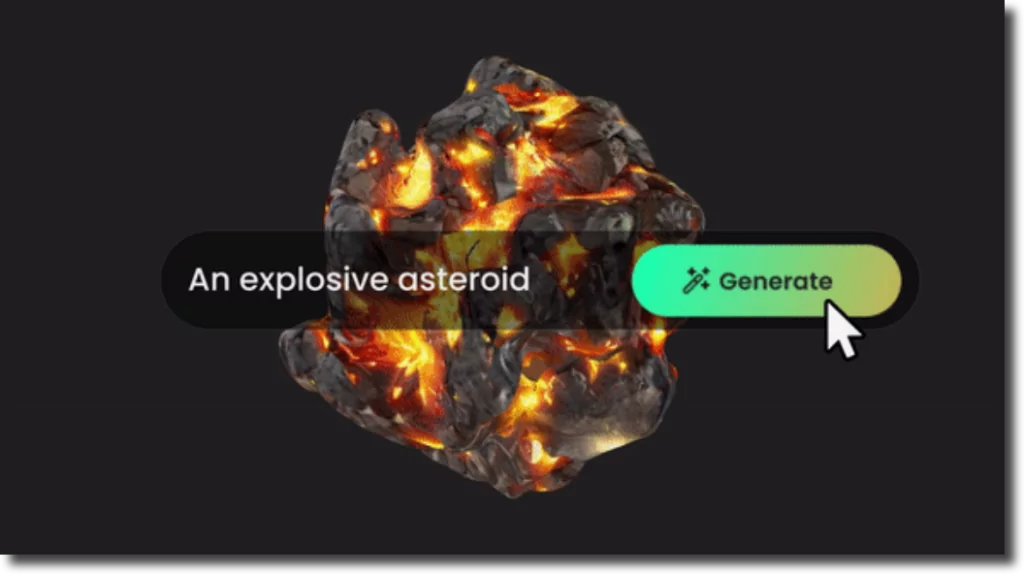
Masterpiece X piques my interest because of its sheer simplicity and accessibility. With zero need for specialized hardware or software, anyone with a keyboard and a browser can start creating 3D objects from text descriptions. The process is straightforward: choose the type of model, describe its shape and look, and within minutes, your AI-generated 3D model is ready.
This tool could be a game-changer for those who don’t have advanced 3D design skills but want to experiment with conceptualizing objects or characters. Given its simplicity, it’s a nifty tool for educators who wish to introduce their students to the basics of 3D modeling without overwhelming them with complicated software.
Final thoughts
The AI 3D model generators I shared above are more than just cool tech gadgets; they are powerful educational resources that can unleash untapped creative potential, not just in students but educators as well. By simplifying the often complex and intimidating process of 3D modeling, these AI platforms democratize a skill that can lead to higher-order thinking, practical problem-solving, and perhaps even career pathways in STEM.



